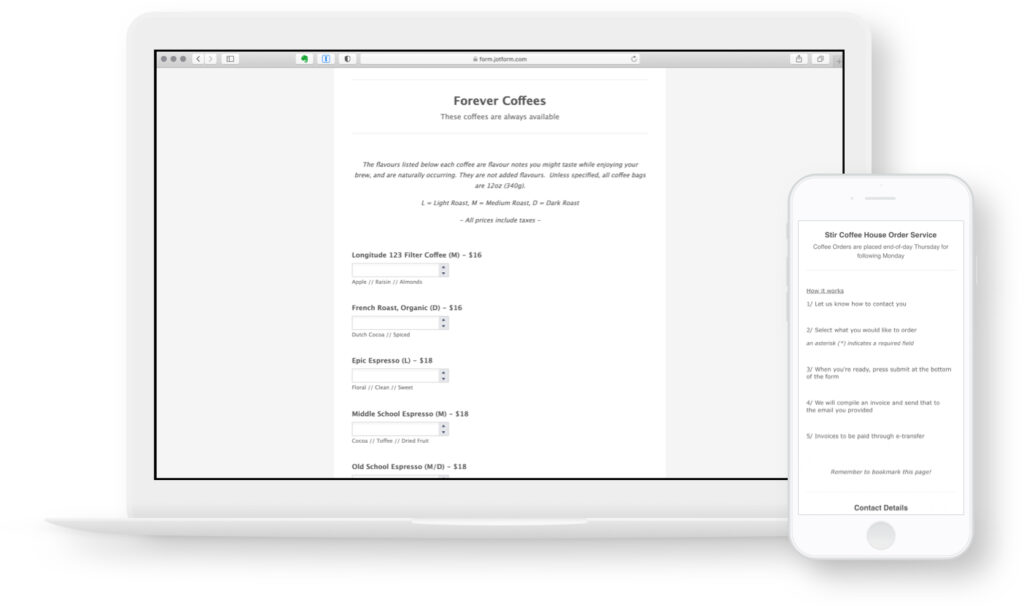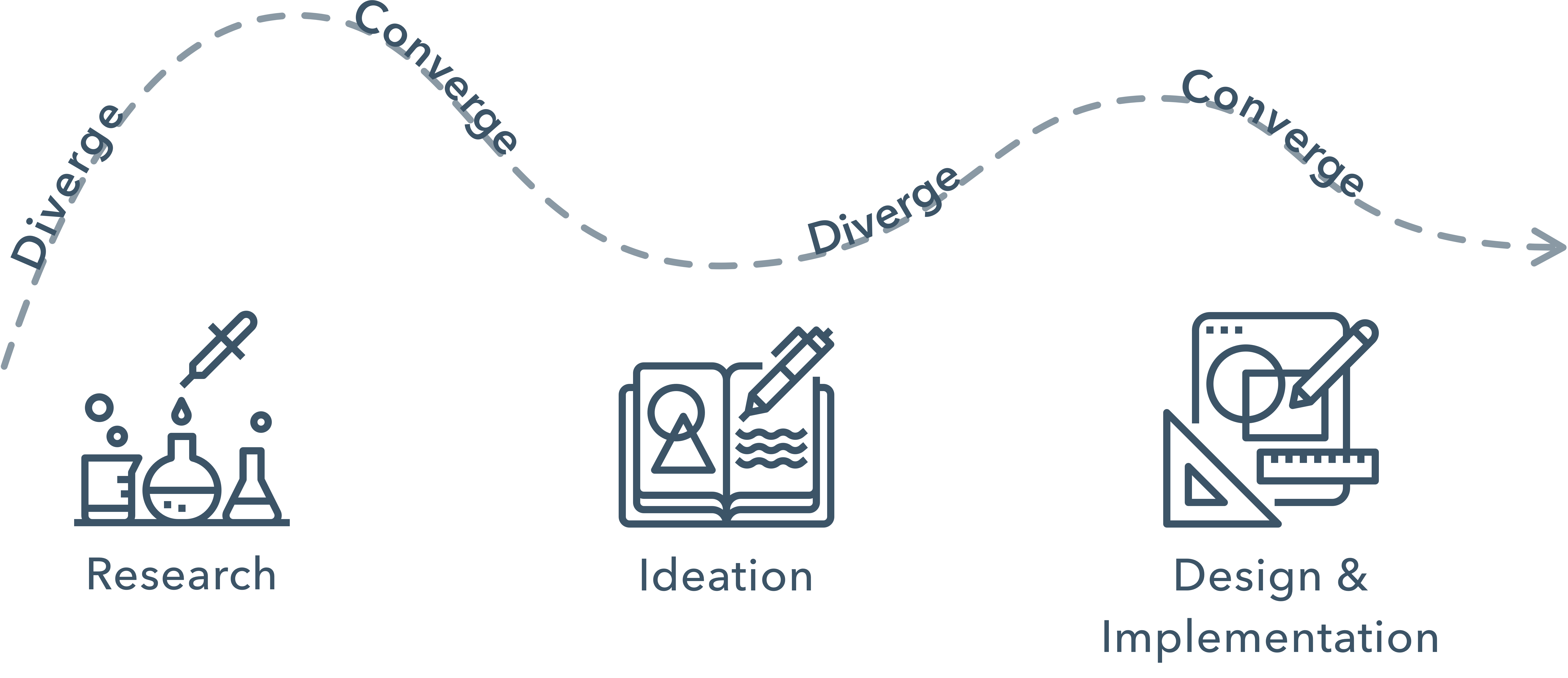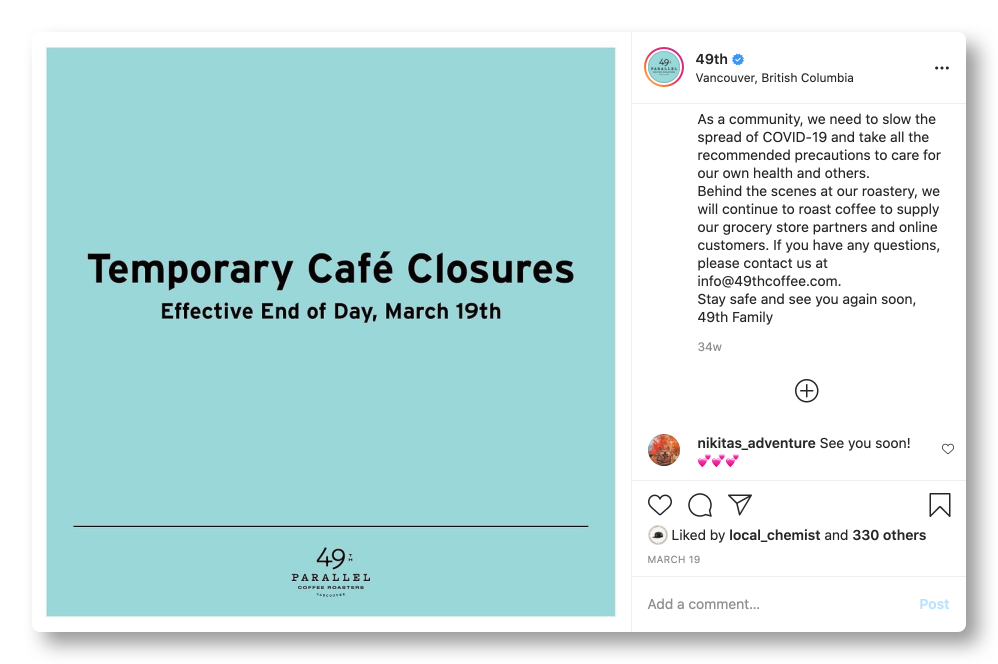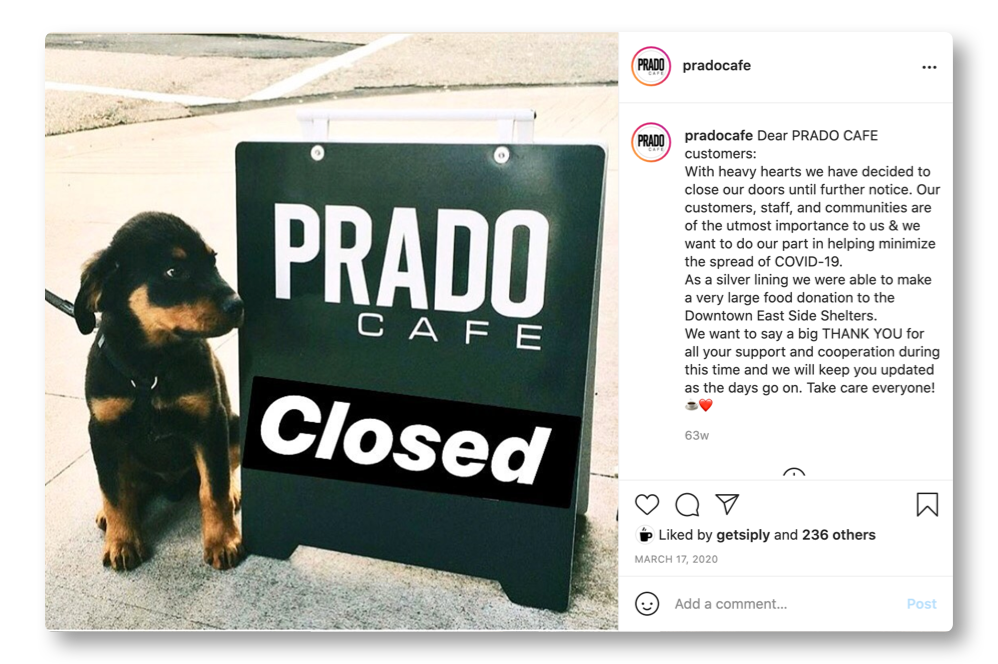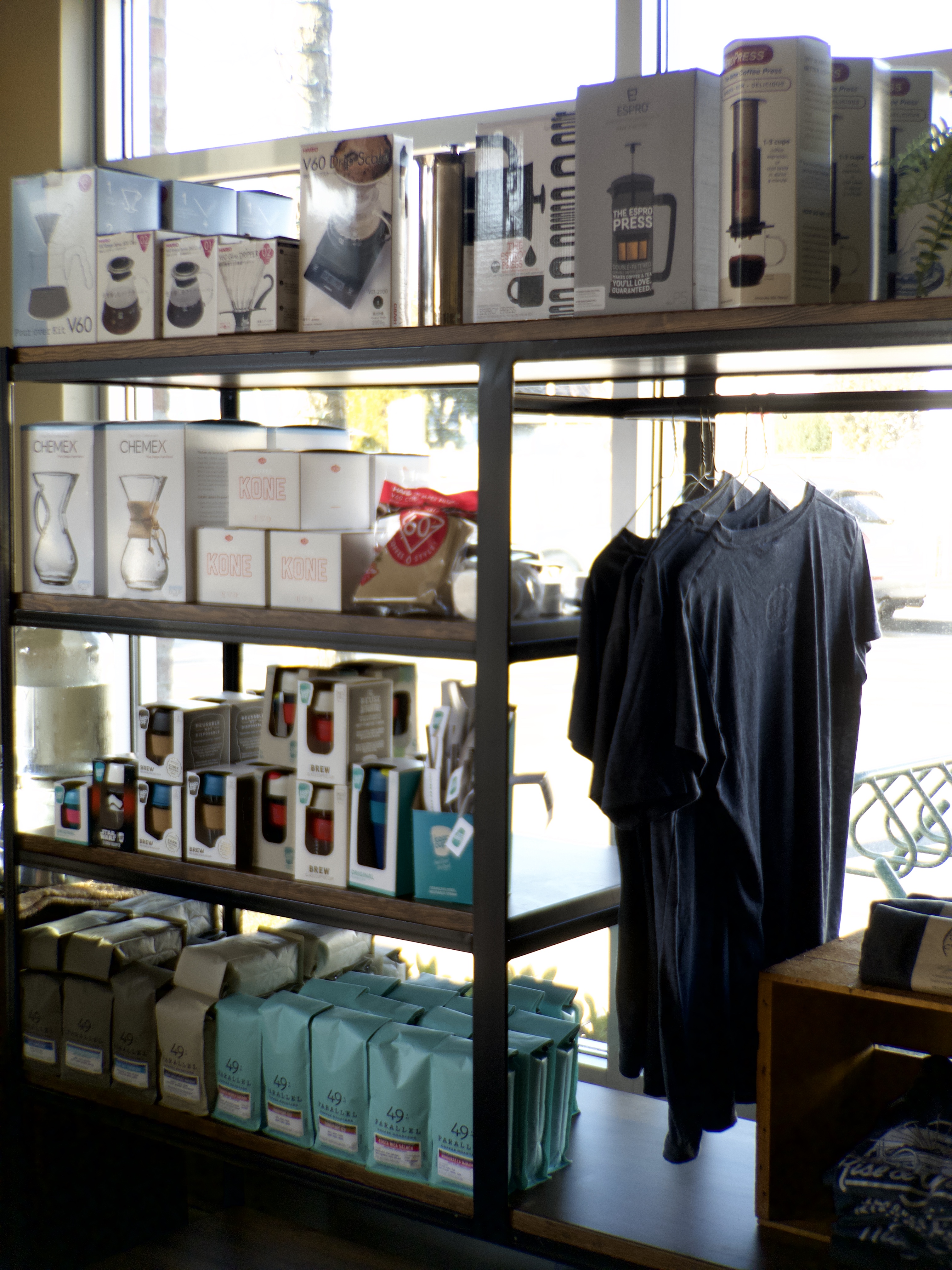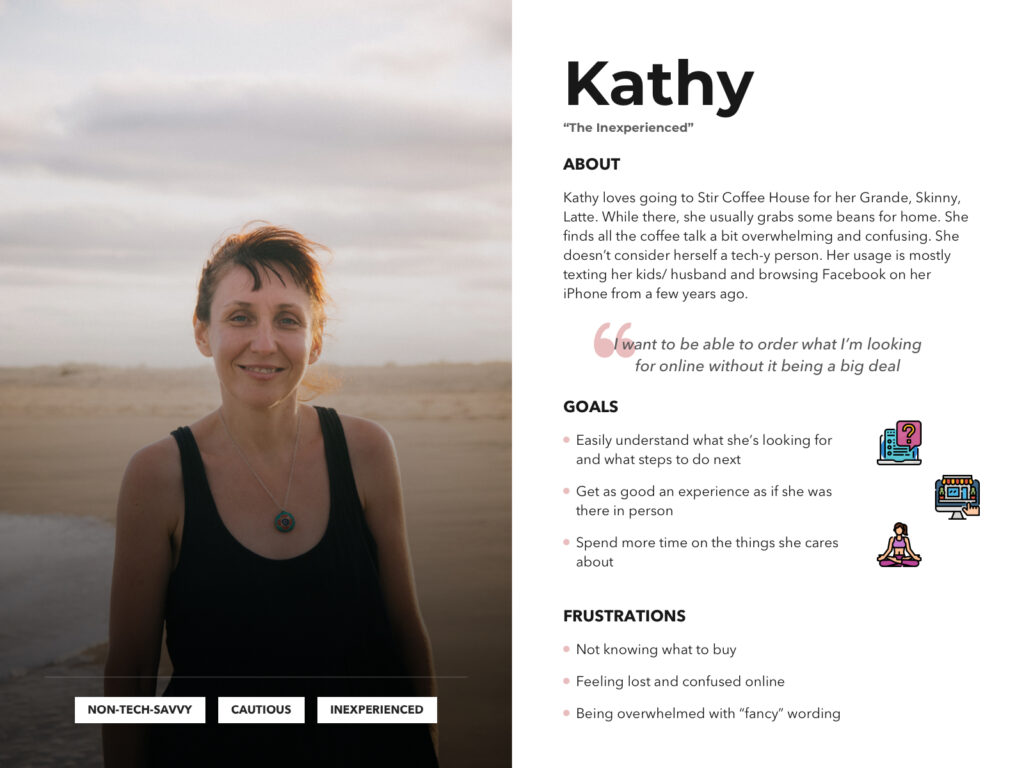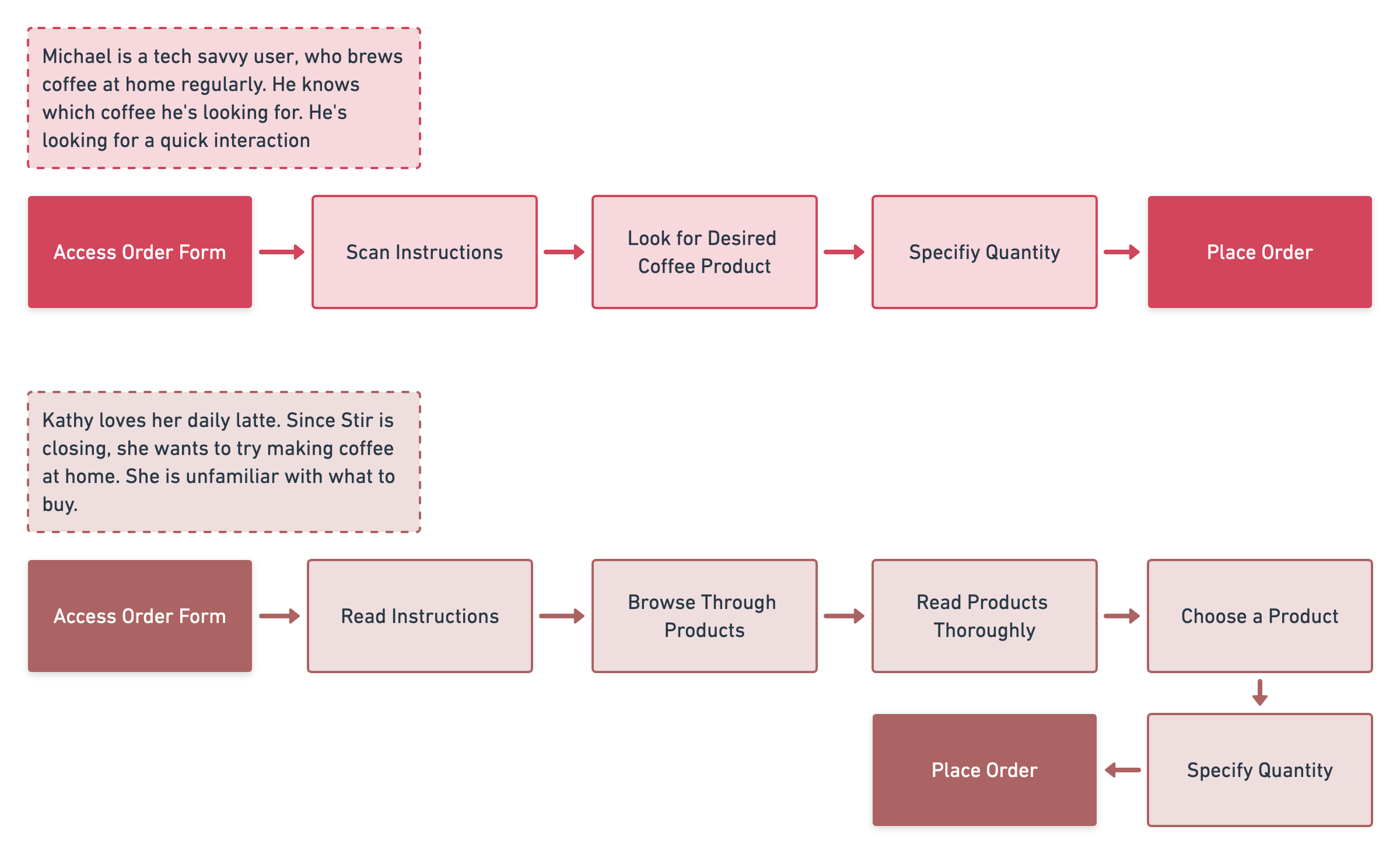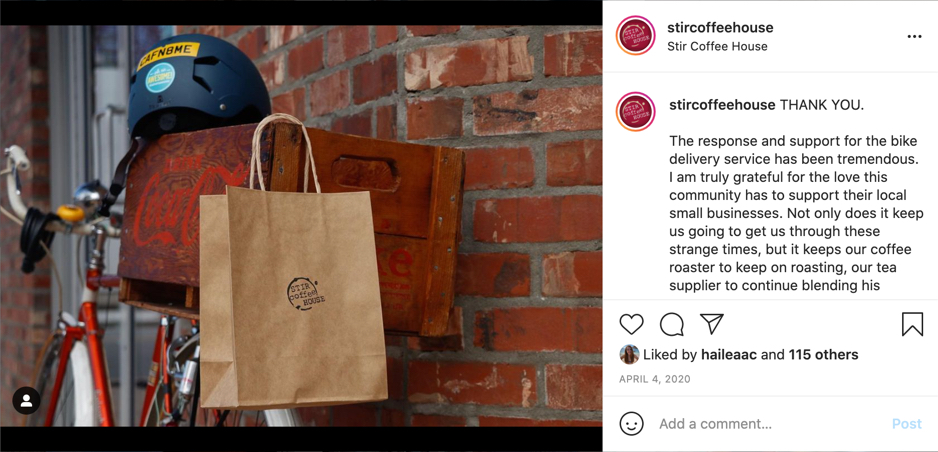Product Audit
I considered what Stir Coffee House sold. Other than food and drink, we carried a variety of retail items: coffee beans, loose-leaf tea, home-brewing equipment, drink-ware, and various branded merchandise items. Fortunately, supply chain for these would remain intact.
While not as high volume sales as food/ drink, retail items like coffee beans are recurring, and brewing equipment are higher price points.
